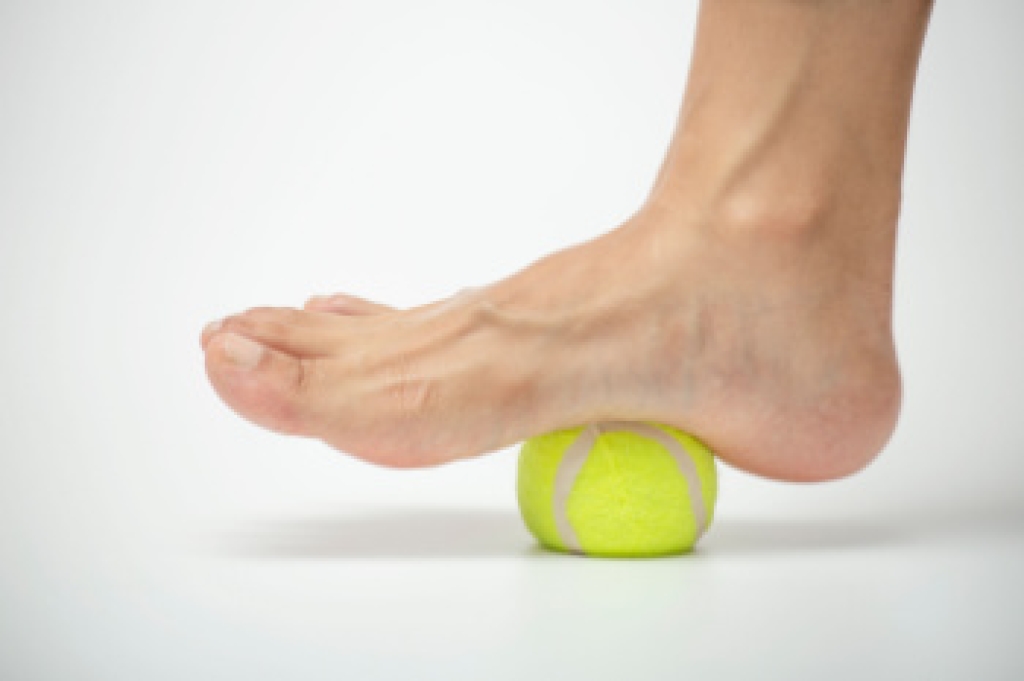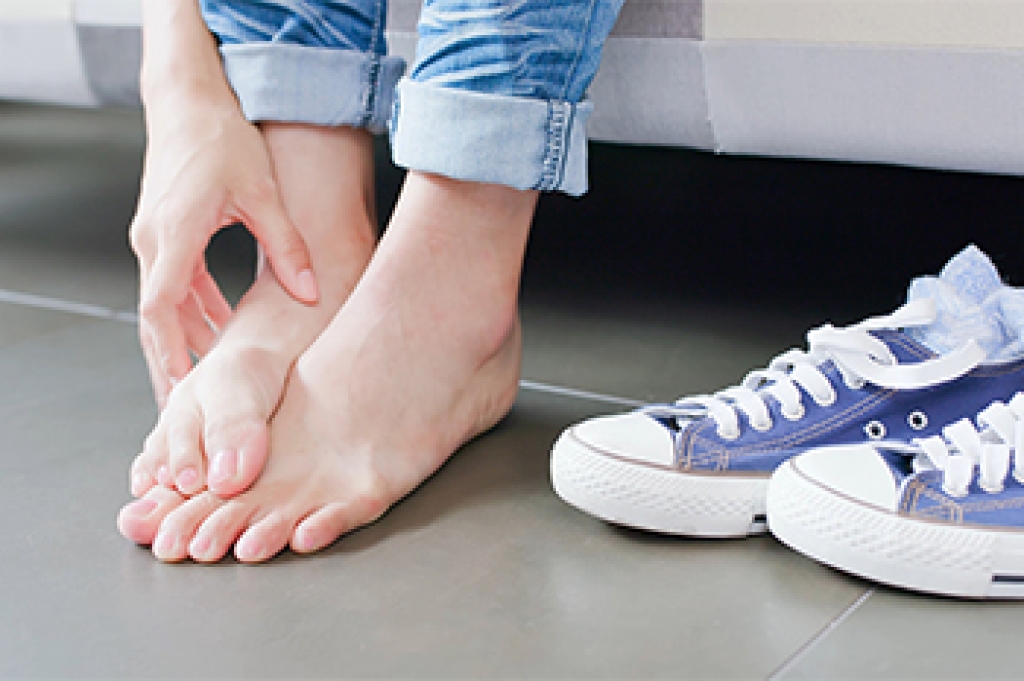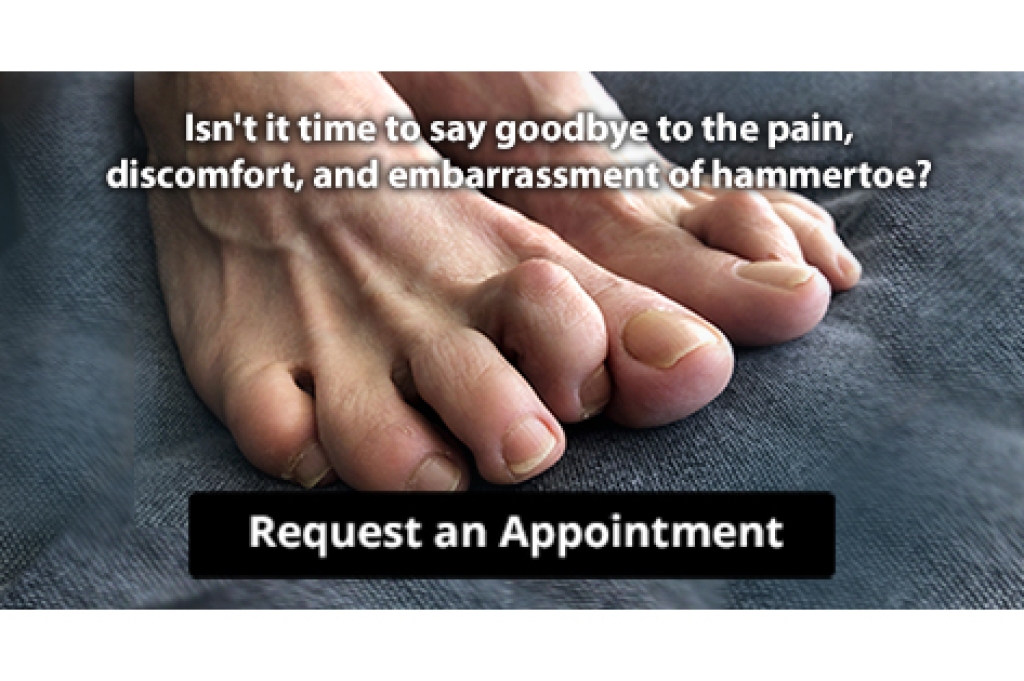
The intrinsic muscles of the foot play a vital role in shock absorption, protection of the plantar fascia, and guiding how force transfers from the ground back into the body, which is especially important for runners who place repeated stress on their feet. Keeping these muscles strong helps improve balance, stability, running efficiency, and overall foot health. Helpful exercises include toe crunches by curling your toes while keeping your heel down, calf raises by lifting your heels slowly while standing tall, and toe extensions by lifting your toes upward while the rest of your foot stays flat. These movements strengthen the small muscles that support your arch and reduce strain during long runs or speed work. A podiatrist can assess your running mechanics and create a personalized strengthening plan. If you experience foot pain, scheduling a visit with a podiatrist can help you stay injury-free and improve performance.
Exercising your feet regularly with the proper foot wear is a great way to prevent injuries and build strength. If you have any concerns about your feet, contact Andrew Katz, DPM from Allcare Foothealth Center. Our doctor can provide the care you need to keep you pain-free and on your feet.
Exercise for Your Feet
Exercise for your feet can help you gain strength, mobility and flexibility in your feet. They say that strengthening your feet can be just as rewarding as strengthening another part of the body. Your feet are very important, and we often forget about them in our daily tasks. But it is because of our feet that are we able to get going and do what we need to. For those of us fortunate enough to not have any foot problems, it is an important gesture to take care of them to ensure good health in the long run.
Some foot health exercises can include ankle pumps, tip-toeing, toe rises, lifting off the floor doing reps and sets, and flexing the toes. It is best to speak with Our doctor to determine an appropriate regimen for your needs. Everyone’s needs and bodies are different, and the activities required to maintain strength in the feet vary from individual to individual.
Once you get into a routine of doing regular exercise, you may notice a difference in your feet and how strong they may become.
If you have any questions, please feel free to contact our office located in Palmdale, CA . We offer the newest diagnostic and treatment technologies for all your foot care needs.




